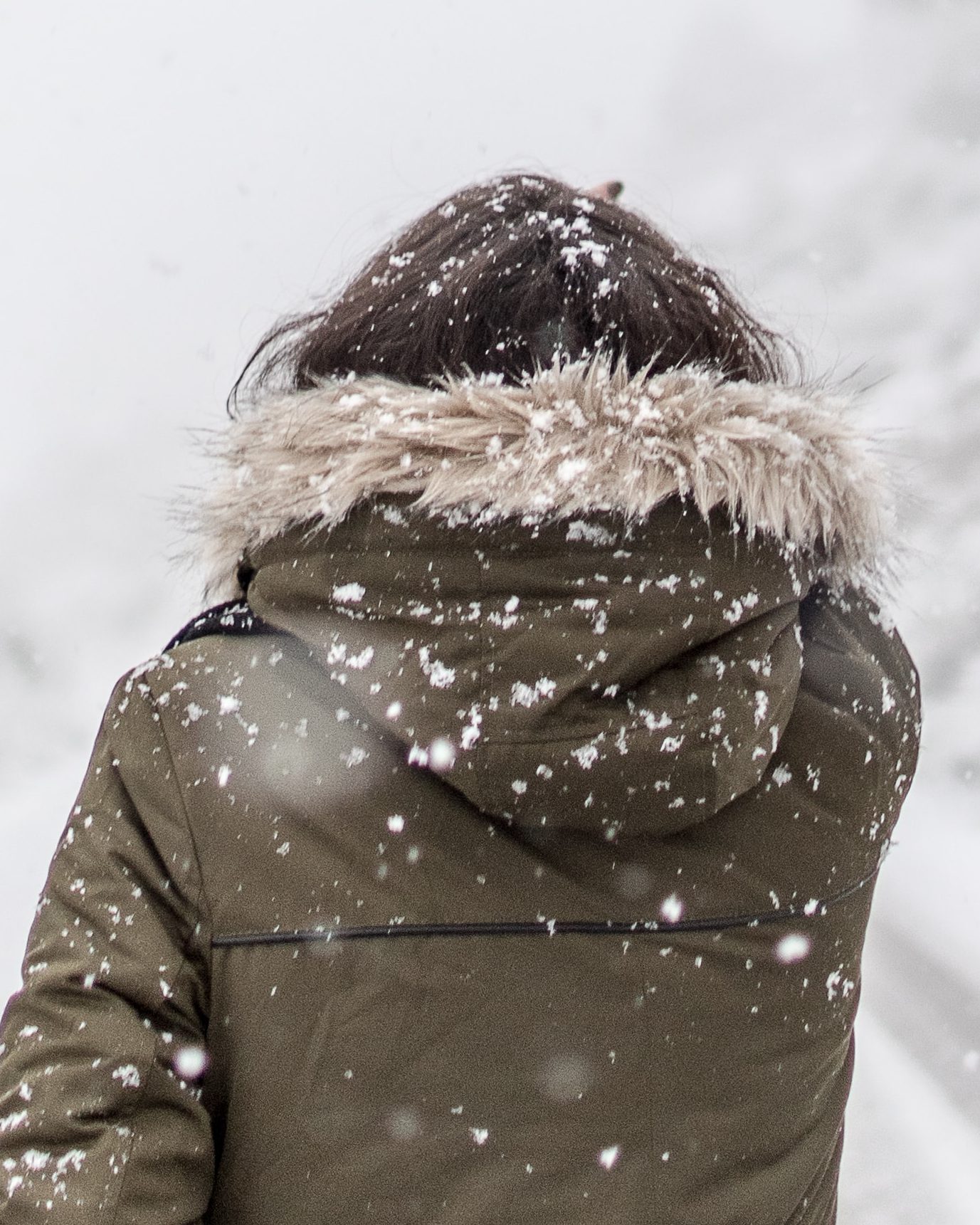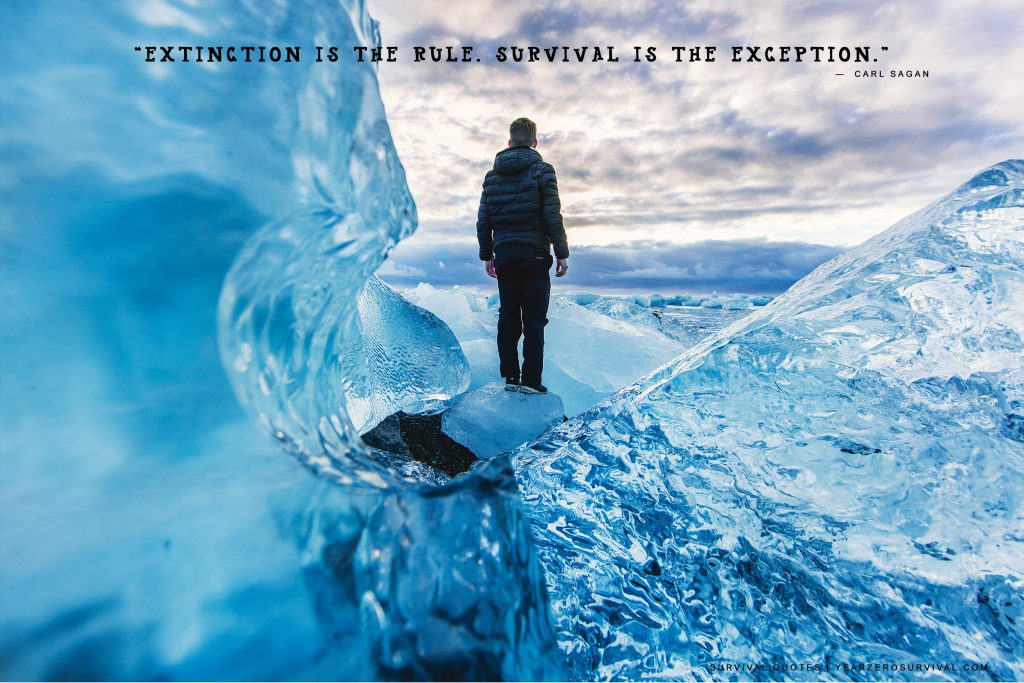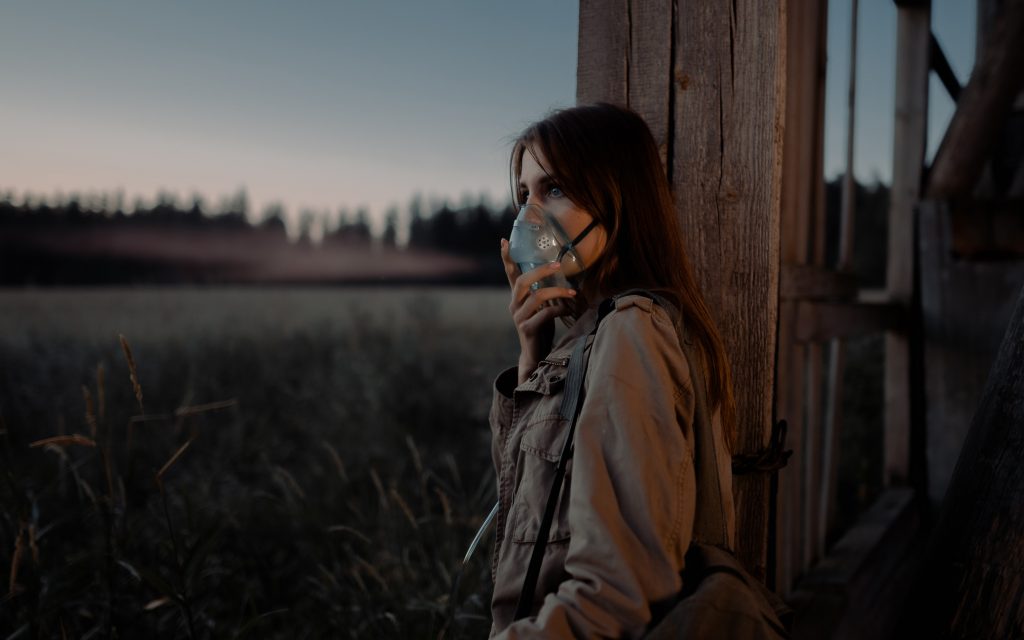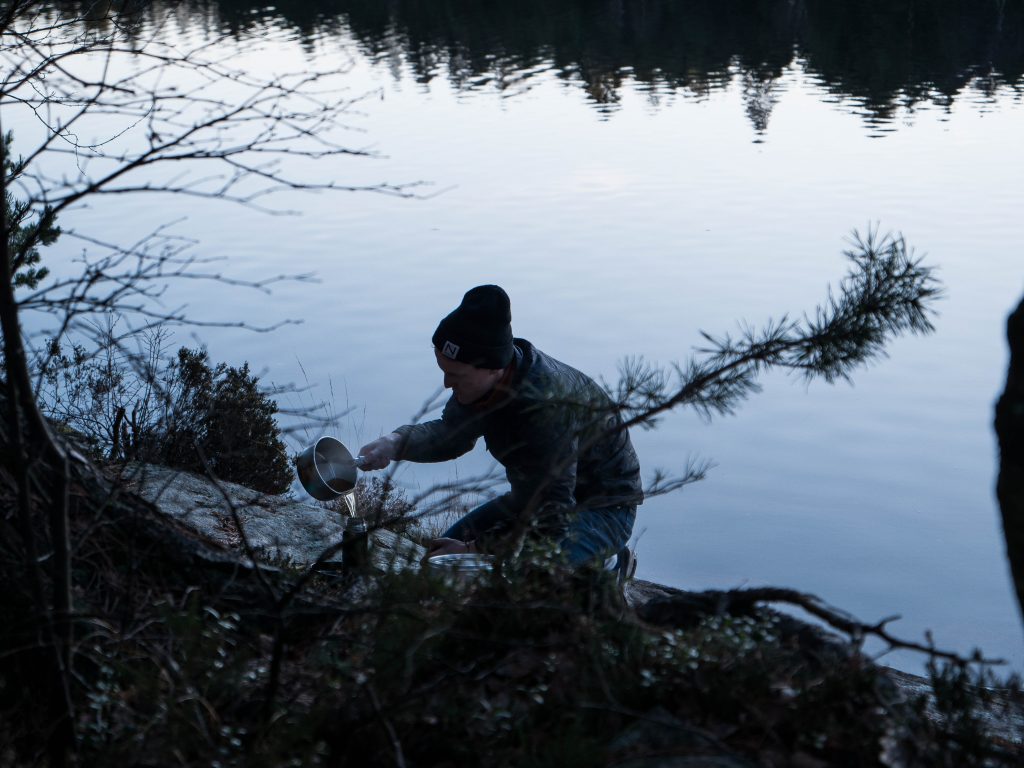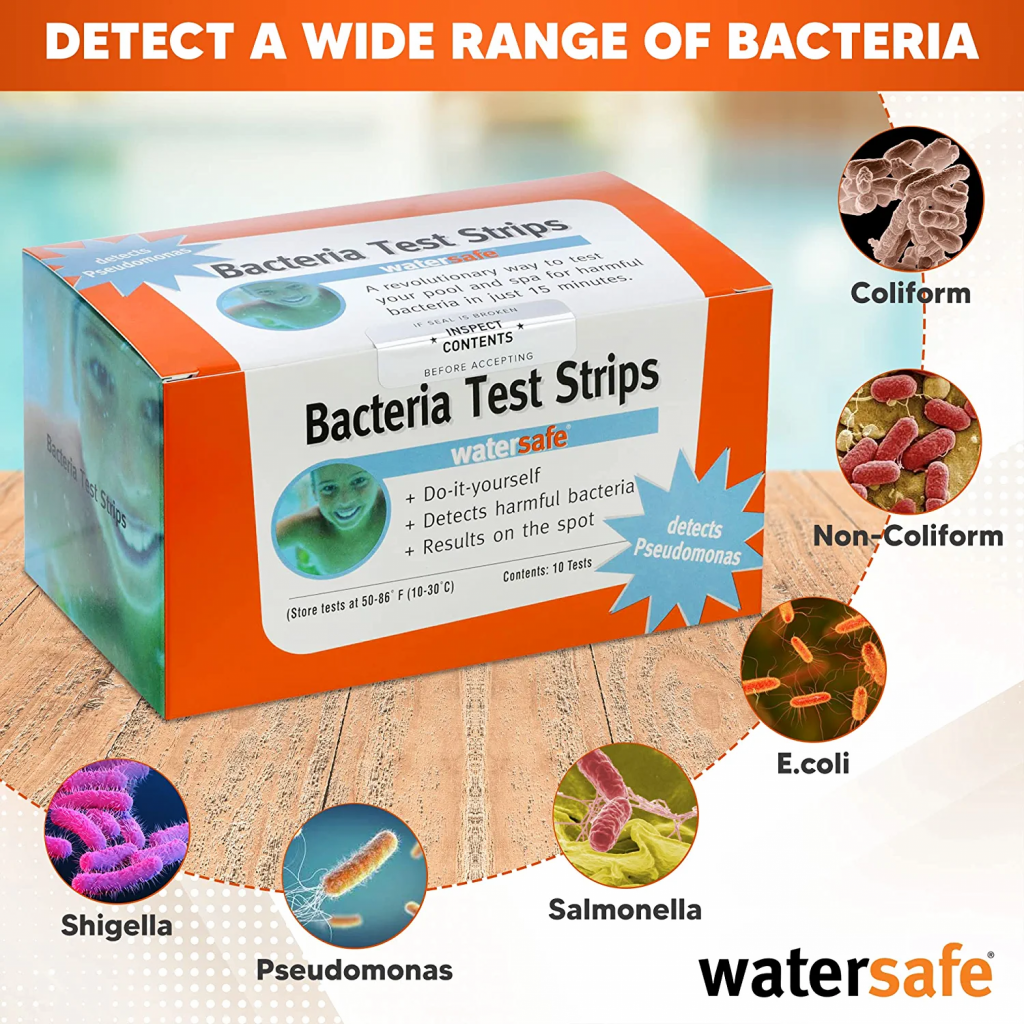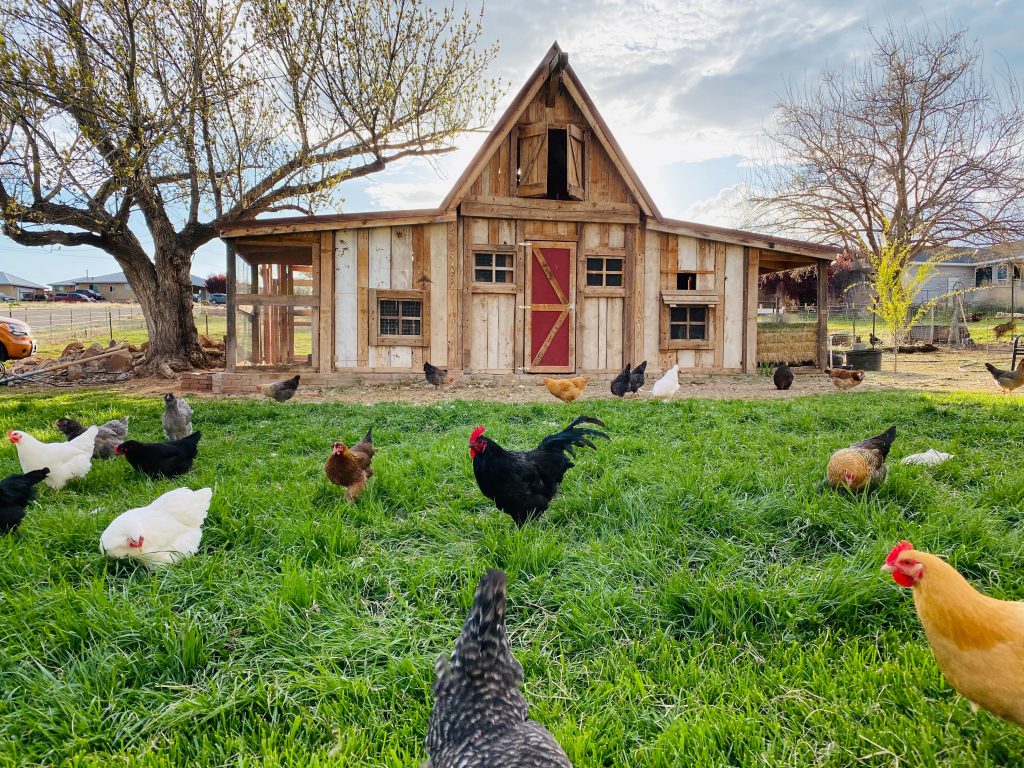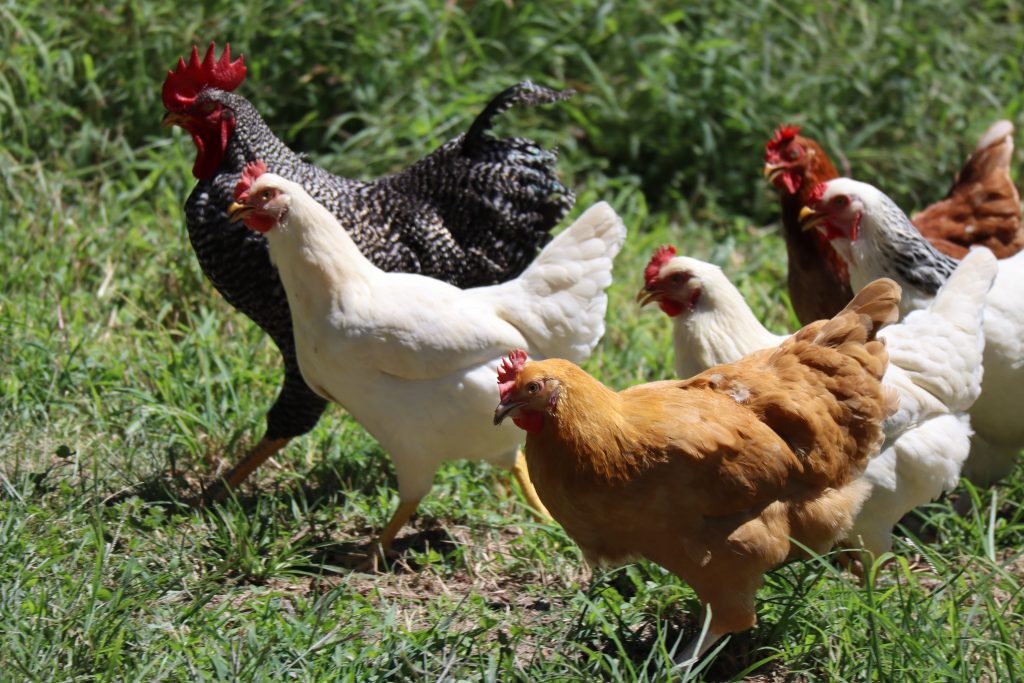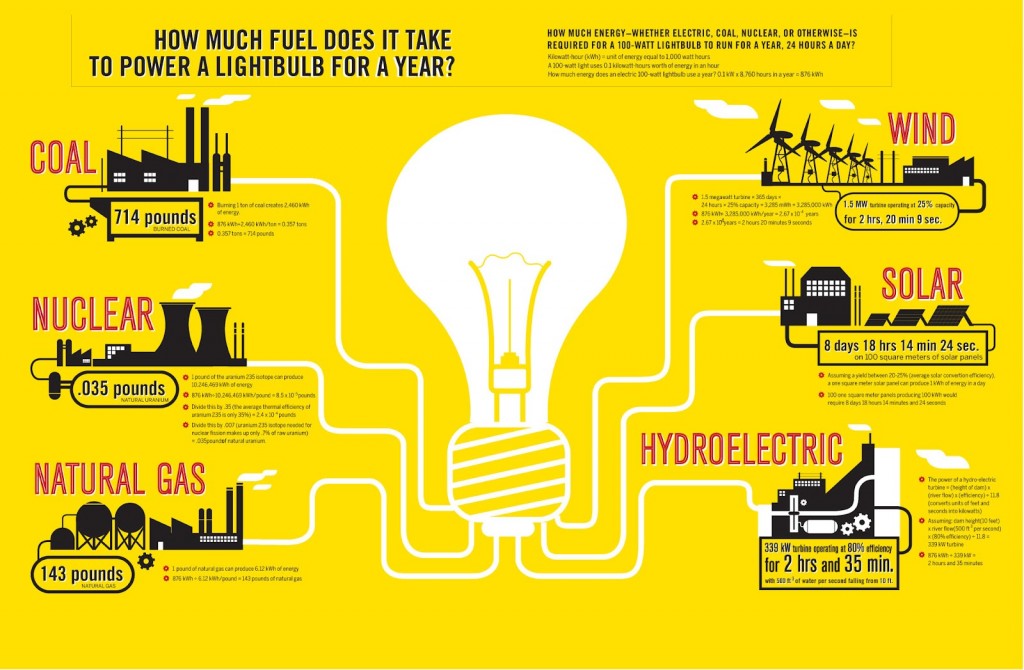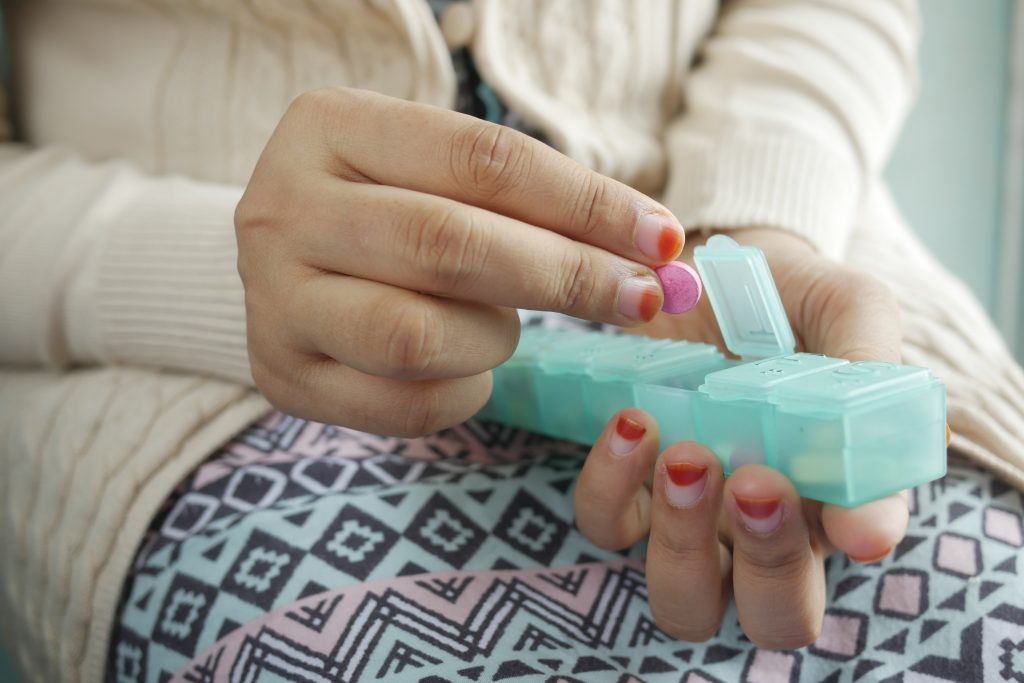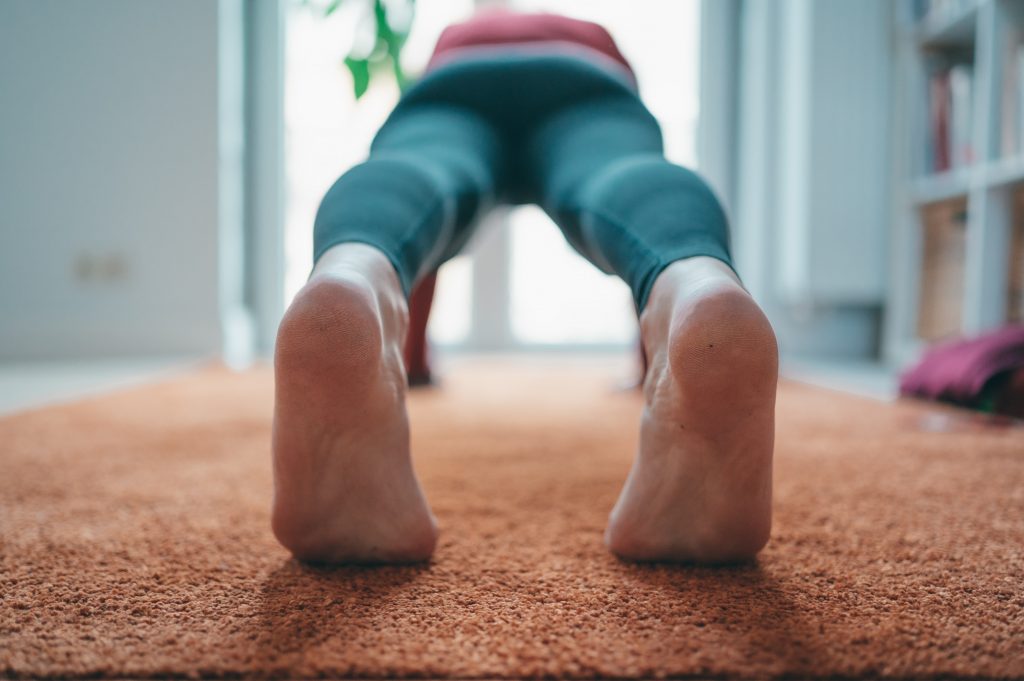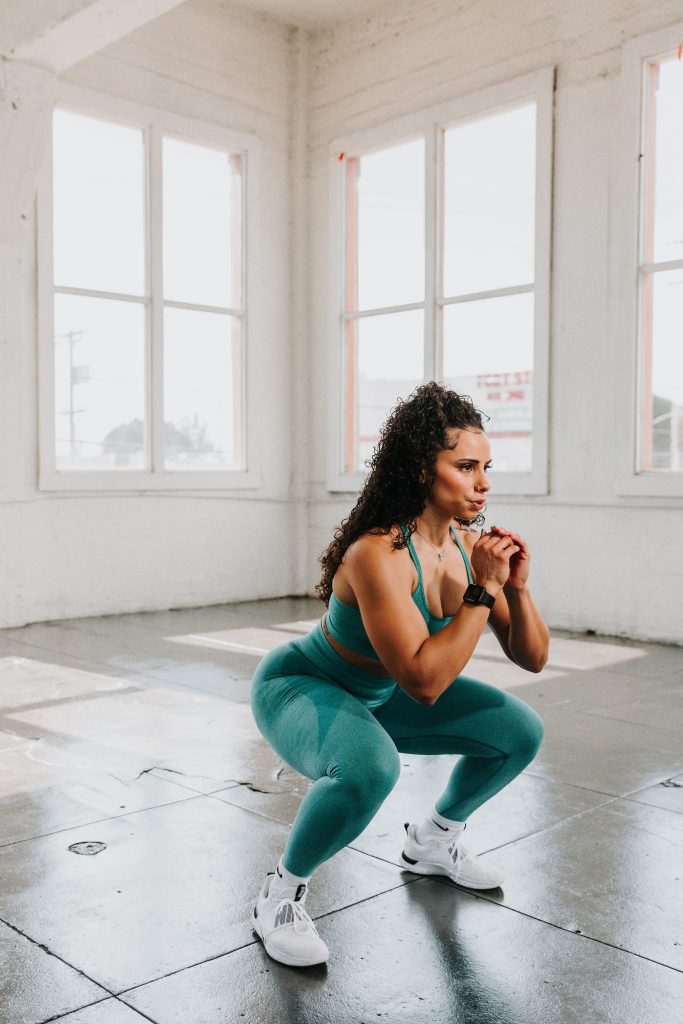A flashlight is undoubtedly a vital device that provides a light beam to use in different situations. When you think of using a flashlight, you could find your way in the dark or search for a missing item.
Nowadays, there are so many kinds of flashlights that choosing one could be overwhelming.
If you’re wondering, ‘how has the flashlight changed over time? Here is an outline of the history of flashlights.
How Has The Flashlight Changed Over Time
Like many modern inventions, the invention of the flashlight cannot be credited to a single person. It has evolved so much that each version has more features than its predecessor.
Yet, several different kinds of flashlights were invented for various purposes and are still in widespread use. Here is a look at the beginning of flashlights up until now.
1898
In the 1890s, the founder of the company Eveready, Conrad Hubert, lit up New York City with the help of dry cell batteries and his invention – the electric flashlight.
It is believed to be the start of flashlight use, and Hubert acquired the patent for the first Eveready flashlight in 1898.
1902
The Eveready trademark started to appear at the end cap of flashlights. For durability, consistency, and affordability, companies made high-quality metal filaments for their incandescent lights. Flashlights started to become more popular than ever.
1910
Eveready developed their tungsten filament bulb, further improving their position in the flashlight market.
1922
Many kinds of flashlights emerged in various styles, including standing lanterns, cylindrical, flood lights, and pocket-sized versions. There were about 10 million flashlight users at this time.
1926
Eveready introduced the first flashlight, allowing the flexibility of hanging up wherever required. The company added a ring to the end of the flashlights so they could be easily accessible during an emergency.
It made the flashlight even more popular with improved convenience and flexibility.
1935
William H. Byler invented black light, which uses ultraviolet rays that are invisible to the human eye. They require fluorescent-colored items to emit a bright glow visible to the human eye.
Blacklight flashlights proved immensely helpful in finding hidden evidence at crime scenes. They were also helpful in anti-theft protection applications.
1937
Eveready introduced the first-ever pre-focused bulb. The pre-focused bulb and reflector were more efficient and required less power to produce the same amount of light as its predecessor.
1961
James R. Board and Gary Pittman invented the first light-emitting diode (LED) while they were working on developing semiconductors. In 1962, Texas Instruments started selling the first LED to IBM as a replacement for tungsten bulbs used in punch-card readers.
However, LEDs have yet to be used in flashlights.
1966
This year saw the introduction of thermoplastic molded flashlights. It allowed the company ‘Energizer’ to make lights in several different sizes and shapes, making flashlights more efficient, affordable, and portable.
1967
This year saw the introduction of the first rechargeable flashlight. It allowed users to use a flashlight without entirely depending on batteries.
1968
Energizer introduced the first fluorescent lantern that proved more efficient and long-lasting than conventional filament bulbs.
1970
Energizer introduced the first water-resistant flashlight. It was very helpful in emergencies, especially in saving people’s lives in situations that involve water, such as floods, thunderstorms, and hurricanes.
1979
The first Maglight flashlight was introduced. It was a high-quality, durable flashlight and is considered the everyday premium flashlight.
1986
The first flashlight toy was introduced so children could have their own without playing with emergency flashlights.
The late 1990s
LED flashlights were introduced, which emitted a stronger light and lasted longer than their predecessors. LED lights were also more efficient than incandescent light bulbs.
2016
The company ‘Power Practical’ introduced a flashlight called Spark that worked as a lighter and flashlight. It acts as a flashlight or lantern and is rechargeable with a battery that can last a minimum of four hours.
2018
The company ‘Adaptalux’ invented a small flashlight called GLOW. It is a combined device with a lamp, lantern, and magnet features. It can turn into a night light, candle, alarm clock, or lava lamp.
Introduction Of LED Flashlights
The LED was made suitable for flashlights after 40 years of its invention in 1999. LED flashlights were a significant introduction to the flashlight industry. An LED bulb is brighter and more efficient than incandescent or fluorescent lights.
Every Watt fed into an LED emits a brightness of about 100 lumens. An incandescent bulb requires 10 Watts of power to produce the same light. It shows how efficient LED bulbs are.
Different Types Of Flashlights
Many different types of flashlights come in various shapes, sizes, and functionalities. Here are a few popular types of flashlights.
- Everyday flashlights or EDC flashlights
- Tactical flashlights
- Rechargeable flashlights
- Waterproof flashlights
- Mobile flashlights
- Headlights
- Penlights
- Keychain flashlights
There are several other unique types of flashlights with some amazing features that I heard of from Outlighter’s tweets. It also provides the use of some amazing flashlights.
Conclusion
The flashlight has changed immensely over time. This change has enabled the flashlight to become more efficient and brighter and come with additional features.
Frequently Asked Questions
Who Made The First Flashlight?
Conrad Hubert, the founder of the company Eveready, lit up New York City with the help of dry cell batteries and his invention – the electric flashlight, in 1989.
What Did The First Flashlight Look Like?
The first flashlight was hand-made from fiber tubes and crude paper. It has a bulb and a brass reflector.

